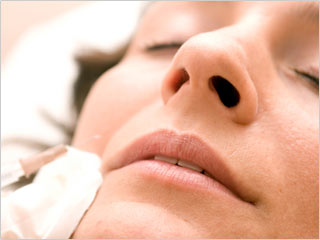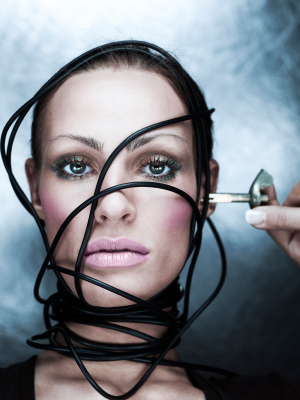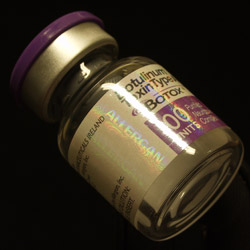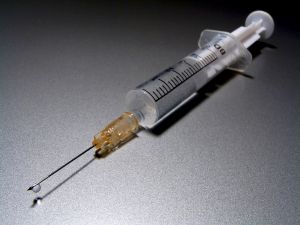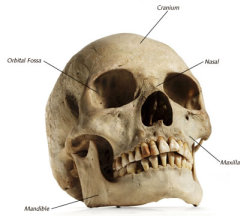Is Botox & Restylane carrying your Medical Spa?
/ More studies on Medical Spas, Botox & Restylane seem to be pointing to the steady climb of filler injections, even when other cosmetic medical treatments might be less steady.
More studies on Medical Spas, Botox & Restylane seem to be pointing to the steady climb of filler injections, even when other cosmetic medical treatments might be less steady.
Are Botox, Restylane and Juvederm appointments steady for you?
From the article:
During times of economic uncertainty, economists have noted that American women load up on affordable luxuries as a substitute for more expensive items such as clothes and jewellery.
Dubbed the “Lipstick Indicator”, it was charted first during the Great Depression, when industrial production in the US was cut in half, but sales of lipstick climbed 25 per cent. In more recent periods of belt-tightening, including the Second World War and the 1973 oil embargo, general spending declined, but cosmetics sales held strong. Most recently, lipstick sales jumped 11 per cent in the months after the September 11 attacks on New York and the Pentagon.
But this time around, that is not happening. In 2008 annual lipstick sales actually dropped five per cent, according to Inside Cosmeceuticals, which tracks cosmetics purchases in the US and UK.
Now, it seems, Americans – both men and women – are splurging on a more modern luxury: cosmetic injections like Botox, Restylane, Juvederm and Sculptra.
The American Society of Plastic Surgeons reports that surgical cosmetic procedures like nose jobs and tummy tucks dropped off nine per cent from 2007 to 2008. However minimally invasive procedures such as Botox, which eases wrinkles, and Restylane, which puffs up sagging skin, are up more than five per cent.
“Botox and filler have carried us through this recession,” said Dr Herbert Parris, at the Ageless Remedies Clinic in Denver, which does laser treatments, facials and microderm abrasions.
He credits the rise in part to the fact that Botox patients have a 97 per cent satisfaction rate, on average, with Restylane and other fillers causing satisfaction about 60 per cent to 70 per cent of the time.
“It’s a quick hitter,” he said. “An easy pick me up.”
In America’s youth- and beauty-obsessed culture, some analysts believe there may be a larger factor at play.
“There have been a number of studies showing that there is both a ‘beauty premium’ and an ‘ugliness penalty’, in the labour market,” said Dr Nancy Etcoff, a Harvard Medical School psychologist and author of Survival of the Prettiest.
“Better looking women and men earn more than average looking people and unattractive people earn significantly less.”
At a time when joblessness is rising and, and companies are laying off workers, Dr Etcoff and others believe some may be rationalising expenditures on cosmetic dermatology to stay competitive in the job market and reduce visible signs of stress, like forehead wrinkles.
“Some may be downsizing from surgery to cosmetic dermatology. Others may be considering both and end up deciding that they can get a comparable benefit from dermatology with a lot lower cost,” said Dr Etcoff.

